It seems like Green does not equate to slow and pokey anymore, if looking at the latest eco-friendly technology powering some of today's most advanced boats, planes and cars.
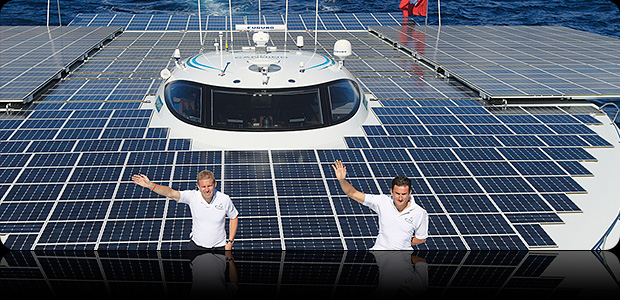
Turanor solar boat
Solar energy is nothing new, but later this year it's going to be employed in an unprecedented demonstration - fuelling a boat on a round-the-world trip. The 85 ton Turanor, with its Tolkien inspired name meaning "power of the sun", was recently launched in Germany. The 31 metre long vessel is the largest solar-powered boat in the world and is covered by rows of photovoltaic solar panels, encompassing more than 600 sq metres. The vessel will attempt to circumnavigate the globe this year at an average speed of 7.5 knots, guided by a team of meteorologists to ensure it gets as much sunlight as possible. The 54 717 km journey will be conducted across the equator and if successful will prove the true potential of solar energy.
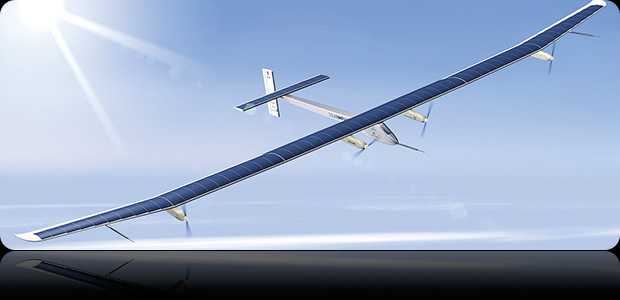
Solar Impulse solar aircraft
Taking to the skies, the Solar Impulse (HB-SIA) is the largest and most successful solar-powered aircraft in existence. The plane weighs a mere 1 600 kg (think medium-sized car) but sports a wingspan larger than that of the mammoth Boeing 747. Constructed of lightweight carbon-fiber, the plane has 12 000 solar cells adorning its 64.3 metre wingspan. These cells absorb energy from the sun, saves it in high-performance batteries, and then uses this energy to power its four electric motors. Last year the Solar Impulse became the first sun sponsored aircraft to sustain flight for more than 24 hours, flying for 26 hours and 9 minutes and reaching a maximum altitude of 8 564 metres. A circumnavigation of the globe is planned for 2012.
Green cars
While solar-powered boats and planes are undoubtedly amazing pieces of technology, it's not exactly something that the average Joe is going to take a ride in. That doesn't mean that the average person can't benefit from green technology, as we saw from the number of green cars spotted at the recent Detroit Auto Show.
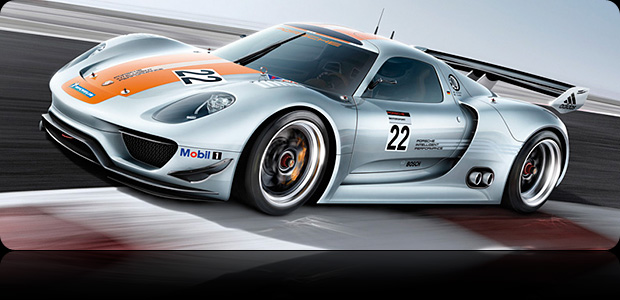
Definitely capturing the prize as the best-looking was the new 918 RSR hybrid supercar from Porsche, pictured above. Underneath its ultra-light carbon fibre body hides a 563 horsepower (hp) 10 300 rpm V8 motor coupled to two front-wheel drive electric motors for a monstrous total of 767 hp. A flywheel booster system which stores energy when the vehicle brakes also makes an appearance, releasing 160 hp bursts at the push of a button.
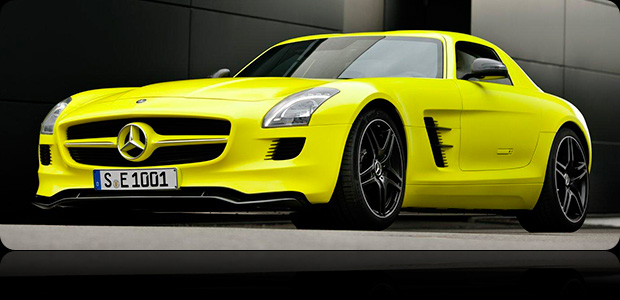
Wanting to prove that Porsche isn't the only German car maker with a green touch of insanity, Mercedes-Benz unveiled its new SLS AMG E-Cell prototype. This new supercar brags with four electric motors equating in a pretty crazy 526 hp. It enables the Benz to go from 0-100 km/h in a blistering four seconds flat. Mercedes gives drivers three distinct driving options, Comfort, Sport and Sport+. In Comfort mode the car only uses 40% of its capabilities, making this the preferred everyday (for whoever drives something like this everyday) setting. In Sport mode 60% of the E-Cell's power can be tapped while Sport+ makes the full extent of its power available to the driver. Regenerative braking and touch-screen controls also make an appearance, making this prototype look pretty complete in our eyes.
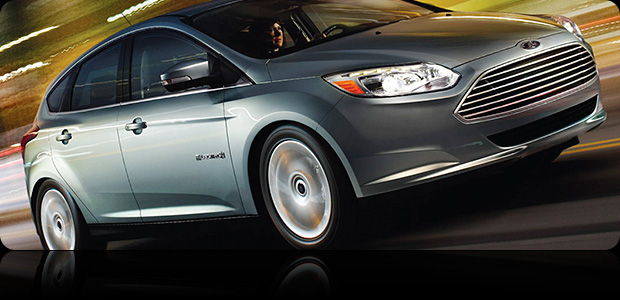
Moving on to something a little more realistic to the average wallet, Ford unveiled its new zero-emission, all-electric Ford Focus Electric. According to Ford the car will "cover enough range to meet the daily driving requirements for most Americans" and will reach a top speed of 135 km/h. The vehicle can be charged at home via its 240 volt charging station, and is expected to take only three to four hours to charge. Eco-friendly materials were used in the interior of the vehicle while an EcoGuide system advises drivers on the most efficient uses of their new electric plaything. A MyFord Touch mobile app is also on the way, allowing drivers to charge the vehicle remotely, receive alerts or even warm up the air conditioning beforehand on a cold morning. [JK]